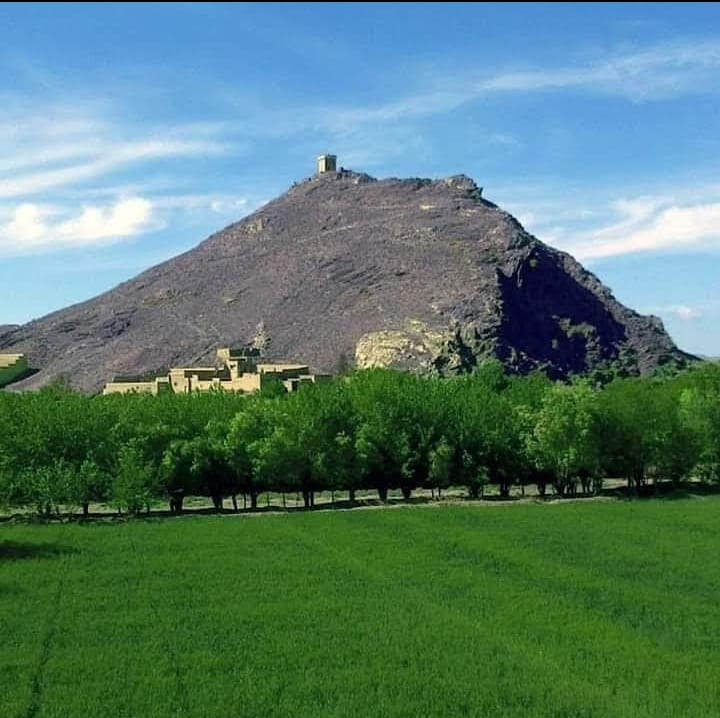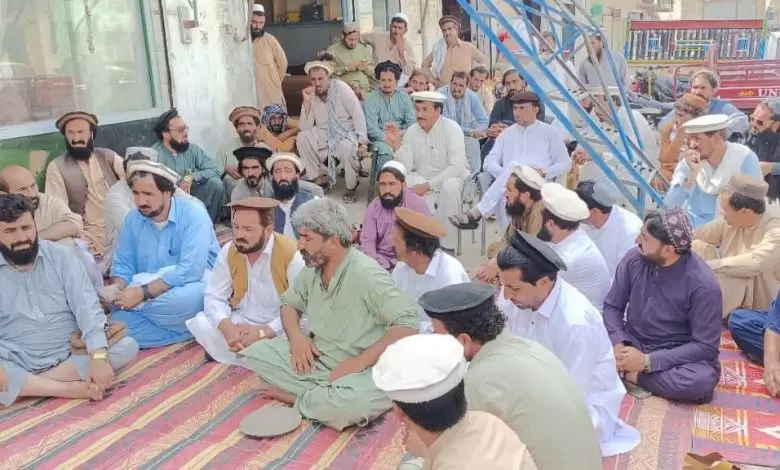
Perspective on The Origin of Pashtuns:
There are different theories and historical explanations about the origin of Pashtuns. They are believed to have been the remnants of the Aryan race, who are known to have come from the Central Asian Steppes through different passes like the Bajaur Pass, Mohmand Pass, Khyber Pass, Kurram Pass, Tochi Pass and Gomal Pass, etc. There is also a group of scholars who hold the belief that Pashtun are the descendants of Jews. In the Modern age, both views and theories about the origin of Pashtuns have been either questioned or outright rejected.
In the backdrop of the evolution of modern Social Science old theories are not only questioned, but also rejected in the light of strong logical, rational, and scientific evidence.
In the present age, most of the Historians, Anthropologists, Sociologists, and serious students of Pashtun society, economy, politics, and religion have developed a new perspective on their origin and history. They are of the view that Pashtun society is a conglomeration of different races, who have come to this land at different ages, from different directions, and have dissolved their racial identities in the melting pot of this region. This process of social and cultural synthesis has given shape to a social group, that had developed ethnic and racial identity as Pashtuns. As a genetically mixed race, their existence and social consciousness were shaped by their geography. The fact of the matter is that they were not only the original inhabitants of the Pak-Afghan borderland but had also suffered for centuries as victims of their geography. During their history, Pashtuns suffered two types of geographic dilemmas.
Also Read: Inflation on the Rise: Prices of 24 Essential Items Surge in a Week
Firstly, they happened to inhabit a geographic region, which was always open to foreign invasions. Secondly, Pashtun society was nomadic and pastoral during the long period of their history, due to which they had never developed strong bonds, commitment, and deep association with their land. That's why they couldn’t develop a strong economy, organized and cohesive society, and perpetually evolving cultural legacy. Above all, their socio-economic and cultural evolution was always disrupted by repeated foreign invasions. They were always at the frontline of invasions from outside and had to suffer the brunt of violence as the first target. In repeated experiences of subjugation, they were always compelled by the exigencies of times to follow the norms, traditions, values, and cultural ethos of the invaders. Pashtun culture had evolved in repeated waves of war and violence under the shadows of bayonets and swords of the invaders. Naturally, their culture and way of life were always influenced by the norms and traditions of the foreign rulers. The fragmented nomadic and tribal society of Pashtuns had always remained in flux like disorganized herds. They were never allowed to experience peace, tranquility, and stability. Their destiny was determined by foreign invaders through war and violence. Due to the geographic compulsions their society, culture, and economy were characterized by the exigencies of violence and war. The foreign invaders not only formed their psychological mindset, but their history was distorted, and their geography was discarded.
Pashtuns always claimed freedom and independence during their history, but the fact of the matter is that they remained in a state of perpetual tutelage and servitude in most of the epochs of their history, as they were invaded from the four corners of their vulnerable land.
Since, the Pashtun borderland had been located on the peripheries of different empires in different ages, the Greek Empire, the Buddhist Empire, the Persian Empire, the Arab Empire, the Mongol Empire, the Turkish Empire, the Mughal Empire, the Sikh Empire, and last but not the least the British Empire. Therefore, they had been under the crush of wave after wave of global imperialism as victims of invasions. These invasions resulted in political subordination and cultural subjugation of Pashtun society. They were ruled by foreign powers, but they always considered themselves as free people in their own land. They were time and again invaded and in the wake of every invasion they used to get badly bitten in the first instance and then conscripted, driven, and used as tools of logistic support to be used against other people, living in their proximity as neighbors. After having suffered the pains of invasions, they used to become complicit with invaders and used to facilitate their onward advances towards the Indian plains. Pashtuns are also known to have been used as facilitators and auxiliaries in the conquest of their people and lands by foreign invaders. They used to suffer the pains of invasions on the one hand and enjoy the pleasures of conquest on the other. They used to feel demoralized, defeated, and vanquished people; and also used to feel intoxicated with the aura of victories and conquests in the service of foreign invaders against others at the same time. Due to this Psychological Complex and Bipolar Disorder, Pashtuns had always been unable to differentiate between servitude and freedom or defeat and victory. In the complex webs and flows of defeats and victories, during history, they had been suffering the vicissitudes of subjugation on the one hand and the pleasure of freedom and independence on the other. As subjugated people, they always followed the normative standards set out by their rulers. They always mistakenly used to behave like masters and foreign invaders.
Pashtuns had always claimed that they had conquered their homelands. The same impression had always been reinforced by the official historians of Mughal and British imperialism, who used to write history given their imperial interests. The wrong sense of history and geography has given Pashtuns a sense of false consciousness, which was induced in their collective mind by conquerors and invaders. Pashtun geography has been through the experience of servitude during their history, still, they used to derive a false sense of pride in their history with a romantic imagination, of being the masters of the land.
In terms of social evolution, the Pashtun society of South Waziristan has semi-nomadic, semi-tribal, and hard mountainous features, which had been of key importance in the imperial security system of British colonialism. The area presents a social scenario based on the artificial structure of modern tribal administration devised under the regulatory statute of FCR. For the past 150 years, this region has been deliberately kept as no-man’s land under the so-called FCR and tribal administration and has been used as a breeding ground for crime, violence, lawlessness, and drugs. The area has suffered marginalization like the outer post of borderland. In contrast to the well-known principles of modern governance, this land had no legal or constitutional rule. (To Be Continued)
Note: Ayesha Wazir is Currently Pursuing an MPhil at Quaid e Azam University in
Islamabad.
.jpeg)
26 Jun, 2025






.jpeg)
26 Jun, 2025